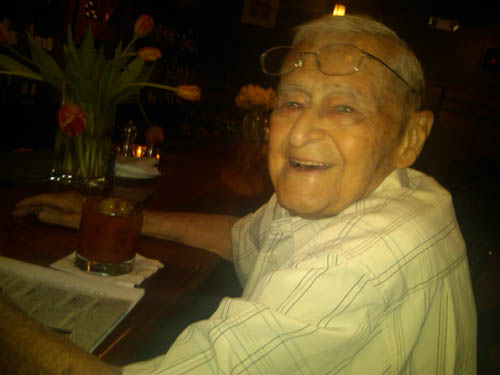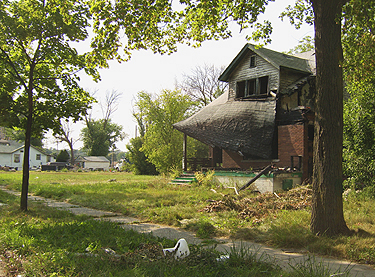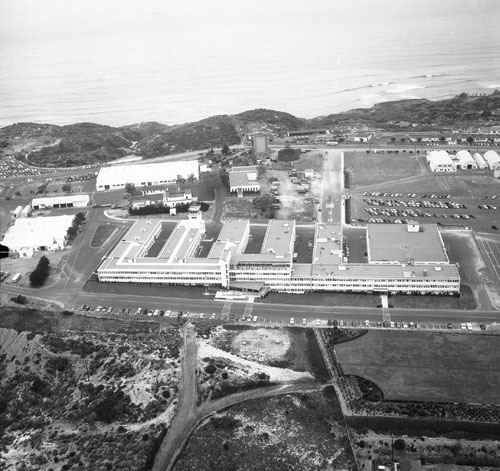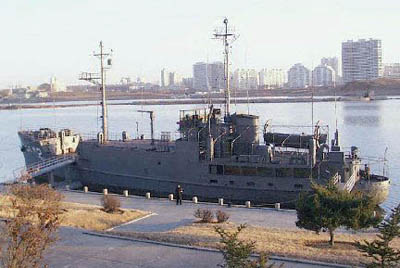Garnacha Blanca

(Admiral Mac is out and about again in the Spring weather. Photo Socotra.)
They say there is truth in wine, and I am a fervent believer in the principle. I managed to extricate myself from the office and walk under the delicate blue skies and head down to the Willow around the cocktail hour.
From down the block I could see the Admiral’s gold Jag parked at the curb in front of the restaurant, and I picked up the pace so I would not keep him waiting. I strode into bar and saw a hole where Old Jim normally anchors the bar. That was unusual, but he has been threatening to find a new place to drink, since newcomers are crowding out the regulars.
“It’s like what Yogi Berra said,” he grumbled, last time I saw him. “No one goes there anymore. It’s too crowded.”
John with an H was down the bar and he waved, and the Admiral extended his hand as I pulled the stool out next to his.
“I have a question for you,” he said, “And a couple obits for the Quarterly.”
I smiled. “That is unusual, but shoot.”
“A woman named Phyllis is driving us crazy at The Madison. She seems to want to know everything about the United States Military, and has settled in on retirees from the various Departments to pepper us with questions. Last week it was the ranking of Navy medals and awards. I told her I had no idea.”
I mentally started down the line, Navy Cross first, of course, but the Admiral waved dismissively.
“She got around to the portentous matter of aircraft carriers the other day, and since I knew we would be at Willow this evening for the first outing of this newly minted Spring, I am just going to ask you her latest question. What about the color of the flight deck Jerseys?” he said. “She is intrigued by why the people who work around the airplanes have different colored shirts and helmets.”
I nodded and sipped some of the Garnacha Blanca that Elisabeth-with-an-S poured with deft motion. She glided away with graceful elegance, hurrying a bit, since the marvelous weather had caused the patio to fill up and the staff was stretched to keep everyone’s glasses filled.
“Elegant woman,” said Mac as she glided behind us.
“No kidding,” I said. “You have not lost your eye for the ladies.”
“Nope,” said Mac. “It was a long winter but I feel pretty good and have got the new meds under control. Life is good.” He took a long sip of his Virgin Mary and smiled with contentment.
“Let’s see,” I said, furrowing my brow. “Red shirt means ordnance, Yellow are plane captains, Green is maintenance, white is for the Landing Signals Officers, Brown is for maintenance. And Purple is aviation fuels.”
“A sort of Naval Aviation Purple gang?” said Mac, grabbing my pen to write down the colors and definitions on a napkin.
“We called them Grapes,” I responded, “and that is something you would not have done to the Detroit Purples.”
“You know my daughter is in Kalamazoo,” he said. “She has liked the stories about the Motor City. It is a sad tale.”
“She would have been in Purple Gang Turf, east of US-131,” I said. “But there are mixed reviews on that score,” I said. “Some people like it and some think I am fixated on something that doesn’t exist and really never did. I am still working out how I feel about it and wanted to have a good baseline before we get there this Sunday. I have been driving around the city in the morning, looking at the places I have been talking about.”
Mac looked at me curiously, glasses up on his forehead.
“Google Maps,” I said. “Type in a street address and then zoom in and you go to the street-view mode. When you are there on the street, you can zoom along with the mouse, advancing to each point the little Google car drove, taking pictures.”
Mac did not seem overly impressed. Perhaps having been born the very year that the Purple Gang graduated from petty theft to armed robbery had provided enough in the way of technological miracles that one of the latest iterations did not surprise him.
“I went to the Hastings Street neighborhood yesterday, to see what they might have seen long ago. Nothing there. Graffiti on the abutments to the railroad bridges, then nothing except a couple abandoned factory buildings. I flew down to the intersection at Piquette and turned right to where the original Ford factory was. That is there, but nothing else. No stores, no houses, no nothing.”
“That is what happens when a city hits the skids,” said Mac. “The streets get dangerous and the families leave. The riff-raff takes over and it gets worse. The businesses can’t survive, and they close, and then there is nothing but drugs and prostitution, and eventually the houses start to collapse and there are only the lost and dangerous and deranged left who can’t escape. Eventually the buildings collapse or are bulldozed if the city can afford to do it.”
“It is certainly safer to have the Google people drive it for you,” I said. “The neighborhood across from where I lived in Palmer Woods went exactly that way. We had a private renta-cop patrol, and I imagine they still do, if they can afford it.”
Mac nodded at the obvious. I pressed on, though. The whole Detroit thing has me pretty worked up, as you can tell. “The Chaldeans east of Woodward were not so lucky. That area was called “State Fair,” since it butted up to the Fair Grounds. There is nothing there now. The trees have all grown together over the roads and the grass is up to your waste. The Hookers used to parade along Woodward Avenue there, and take their tricks back to the empty houses, and with the exception of a couple Arab coffee houses, that is all that remains.” I took a picture out of my notebook that I scooped off the web. “This is one house that is still there. Parts of the State Fair look like you were standing Up North.”

(State Fair neighborhood hanger-on between 6 and 8 Mile. Photo Detroitblog John.)
Mac nodded, pushing his glasses up on his forehead again to see. “I don’t use them to read the paper,” he said.”
“I wish,” I replied touching my peepers. “I am getting blind as a bat.”
Mac was ready to move on. “We lost a retired Navy Captain at The Madison the other day. Good guy, I think, but he had dementia the last eight years that I knew him. Harding was the name. He was CO of the NELC in San Diego. Still had license plates on his car that said exactly that.”
“NELC?” I said, enjoying my Garnacha.
“Naval Electronics Laboratory Command on Point Loma,” he clarified.
“Sure. Now I get it- it was NOSC when I knew it, Naval Ocean Systems Command, then NRaD and goodness knows what now. I sure would have liked to get a government job there and just lived on Point Loma and let the East Coast slide into the sea.”

(NELC at Point Loma around the time CAPT Hastings would have been commanding. US Navy Photo.)
“Nice place,” said Mac, then pointed at the notebook next to my elbow. “So, did you have questions for me?”
“We never did the Pueblo, I think. Didn’t you do the damage assessment on what the North Koreans got off of her when they hi-jacked her?”
“Yep. That was the last big deal.”
“Wasn’t Wanda your admin assistant? She has been the Director’s Secretary for years and years.”
“Yes she was. She was a pert little thing then, dark bobbed hair and flashing eyes and she wore mini-skirts. She was quite the looker.”
“Still is,” I said, and reached for my pen.
Tomorrow: Pueblo and the Penobscott

(People’s Museum #5. Photo courtesy DPRK.)
Copyright 2011 Vic Socotra
www.vicsocotra.com
